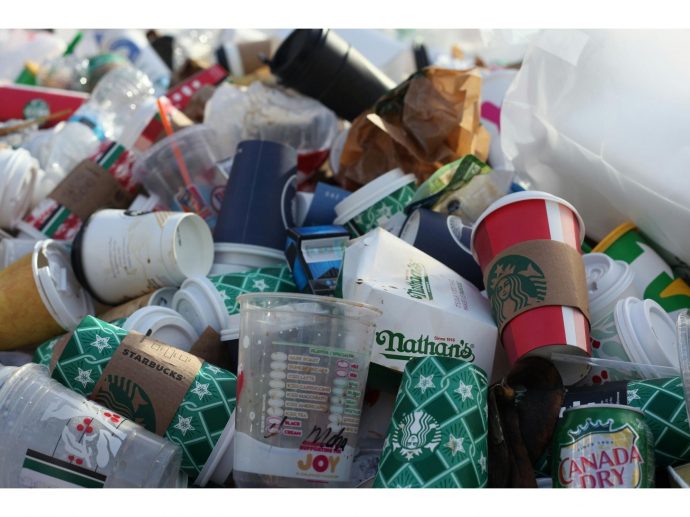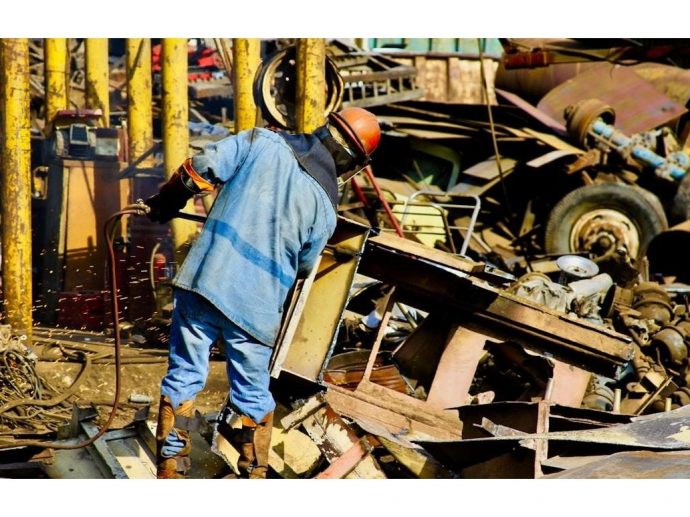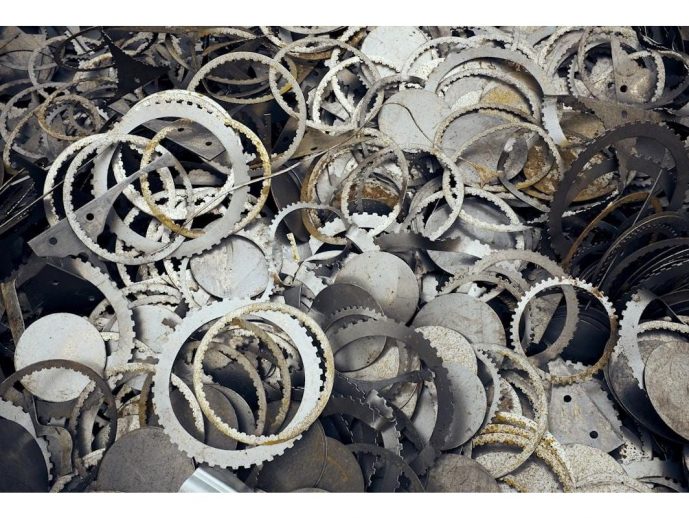Categories more
- Adventures (17)
- Arts / Collectables (15)
- Automotive (37)
- Aviation (11)
- Bath, Body, & Health (77)
- Children (6)
- Cigars / Spirits (32)
- Cuisine (16)
- Design/Architecture (22)
- Electronics (13)
- Entertainment (4)
- Event Planning (5)
- Fashion (46)
- Finance (9)
- Gifts / Misc (6)
- Home Decor (45)
- Jewelry (41)
- Pets (3)
- Philanthropy (1)
- Real Estate (16)
- Services (23)
- Sports / Golf (14)
- Vacation / Travel (60)
- Watches / Pens (15)
- Wines / Vines (24)
- Yachting / Boating (17)
How To Get Rid of Scrap Material Responsibly
Published
11/03/2025Removing clutter from our lives often involves discarding old and broken items. However, when it comes to scrap material, throwing it away is not always the best approach for the environment or your wallet. Understanding the proper disposal methods can prevent harmful materials from ending up in landfills and promote the recycling or repurposing of valuable resources. Below, you'll find out how to get rid of scrap material responsibly, ensuring your actions support sustainability and contribute to a circular economy.
Local Recycling Programs and Drop-off Locations
Many communities offer curbside recycling programs that make it easier for residents to dispose of materials properly. These programs explain what items can be recycled and how to prepare them, helping ensure that recycling stays efficient and compliant with local guidelines.
For materials not accepted curbside, residents can turn to drop-off centers or salvage yards in Roseville, MI, which handle items like electronics, scrap metal, and hazardous waste. Using these resources supports local recycling efforts, strengthens the community’s economy, and promotes a shared commitment to environmental responsibility.
Understanding the Environmental Impact of Scrap Material
Improper disposal of scrap materials can severely harm the environment by causing pollution and depleting natural resources as demand for raw materials rises. Metals and electronic waste can release harmful toxins into soil and water, endangering wildlife and human health.
Recycling helps minimize these effects by conserving energy and reducing the need for mining and raw material processing, which also lowers greenhouse gas emissions. Many materials, such as plastics, take centuries to decompose, contributing to long-term pollution. Environmental agencies and local governments stress the importance of proper disposal practices to reduce waste accumulation and support a cleaner ecosystem.
Sorting Scrap Material for Effective Recycling
Sorting scrap materials is essential for efficient recycling. Different materials like metals, paper, plastics, and electronics have specific recycling streams and must be segregated to maintain their value. Proper sorting prevents contamination and improves recovery rates. Local authorities or waste management agencies often provide guidelines, which may include cleaning items or removing non-recyclable parts before disposal.
Mixing incompatible materials can reduce recyclability, so clearly labeled bins with straightforward instructions help ensure correct participation from households or workplaces. Some items, such as certain plastics or glass, may have extra requirements or may not be accepted, making it important to stay informed and adjust sorting practices accordingly.
Selling Scrap Material to Reuse Centers and Scrap Yards
Selling scrap materials can be a practical way to manage waste while earning extra income. Scrap yards and reuse centers often purchase items like metals, paper, and electronics, which can be refurbished or recycled. Prices and conditions vary, so researching multiple options is important.
Cleaning and sorting materials beforehand can increase their value, and contacting several centers for quotes or pick-up services helps secure the best deal. For items suitable for direct reuse, donation to charities, schools, or nonprofit organizations can give them a second life and benefit the community. Awareness of local regulations is essential, as some materials require special handling or documentation for safe and legal recycling.
Creative Upcycling: Turning Scrap into Useful Items
Upcycling involves transforming waste materials into new, valuable products, reducing landfill contributions while encouraging creativity and entrepreneurship. Many businesses have successfully turned scrap into marketable items, demonstrating the commercial potential of upcycling.
At home, it offers a fun, engaging activity for families, where old furniture can be refreshed through repainting or reupholstering, and everyday objects like jars and bottles can become decorative pieces. Minimal investment and imagination are often sufficient for these projects. Social media and online DIY communities provide endless inspiration and tutorials, helping people explore both simple and complex upcycling projects. This practice elevates the perceived value of discarded materials and promotes sustainable reuse.
Overall, there are numerous ways to discard scrap material in an environmentally friendly and beneficial manner. Whether through recycling programs, selling to scrap yards, or exploring the creative realm of upcycling, you can make a positive contribution to the environment and potentially benefit financially. The choice is ours to make, and every responsible action taken helps build a more sustainable future.

















